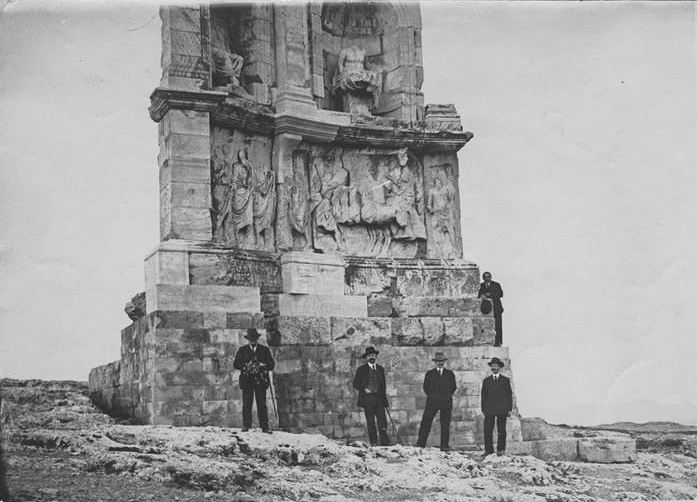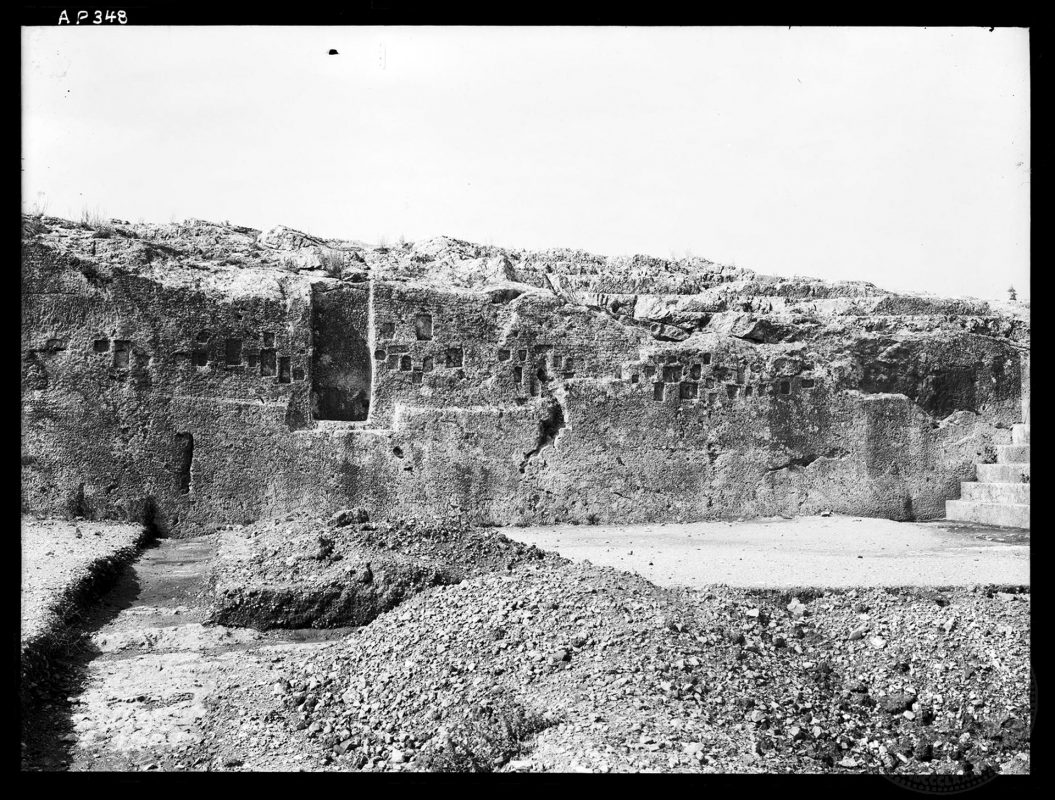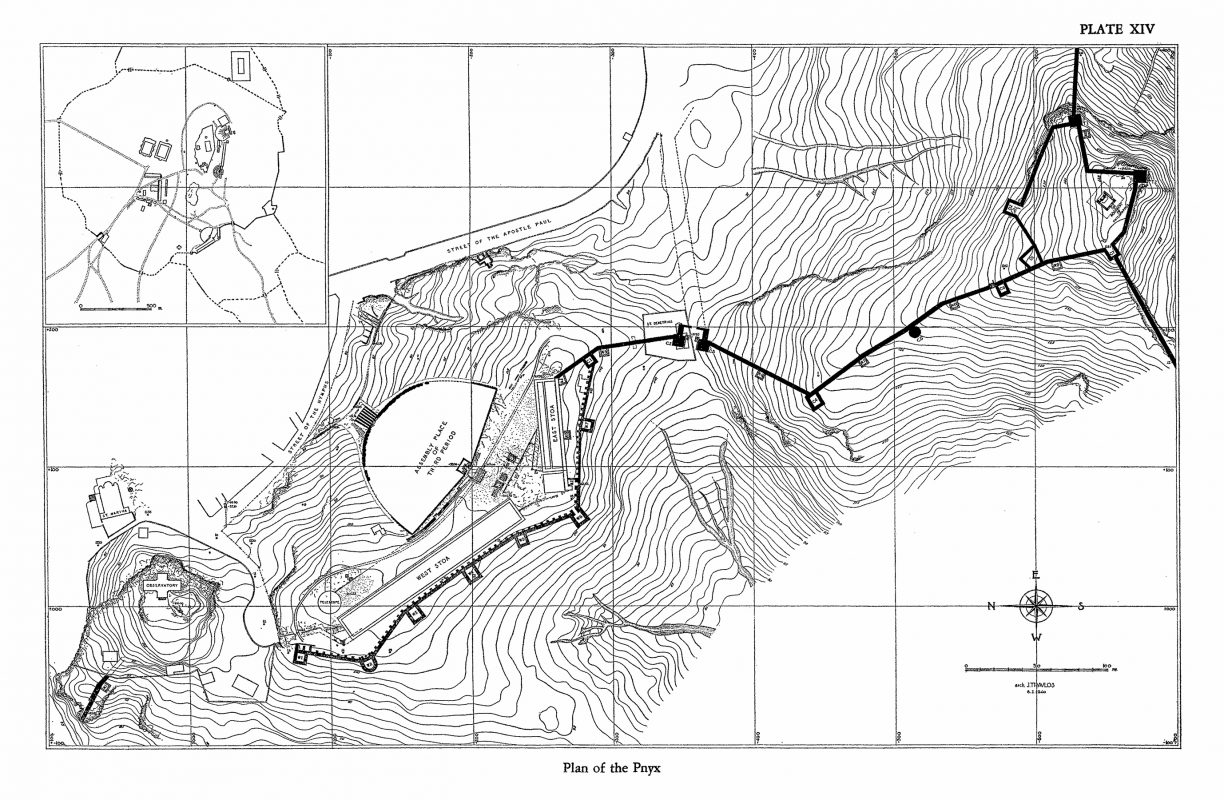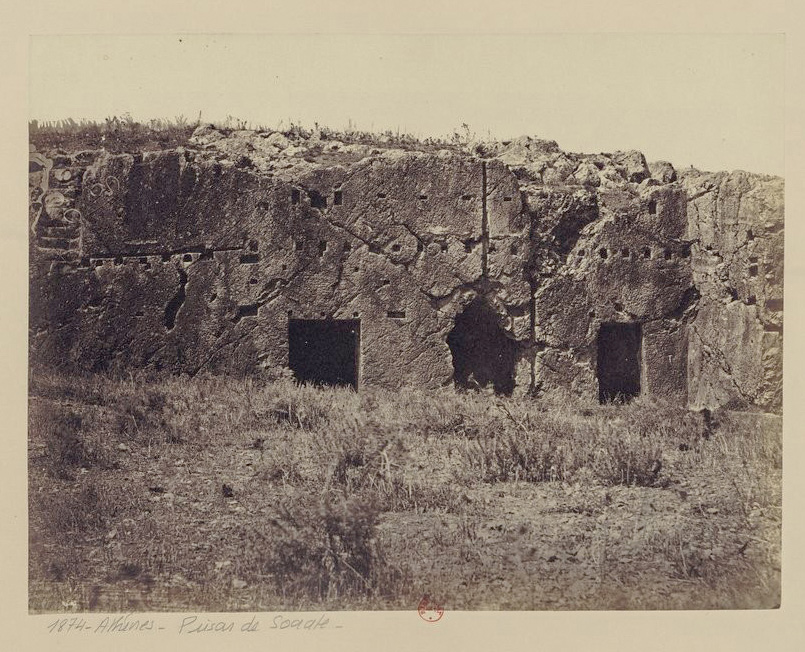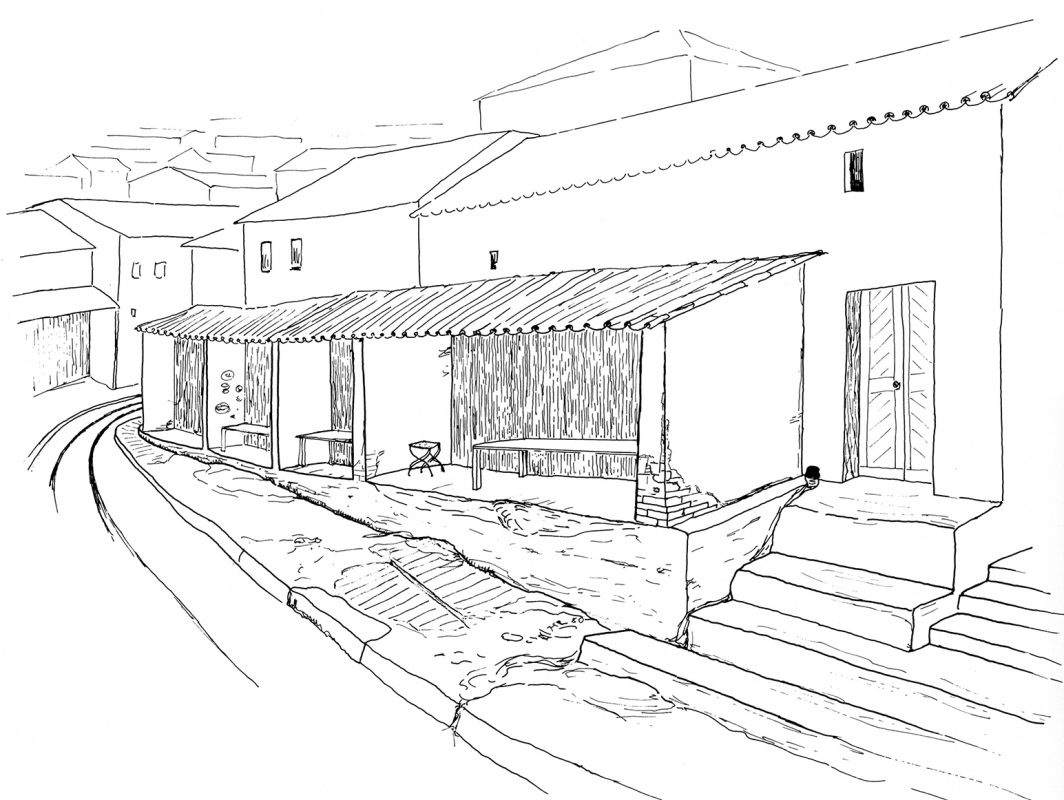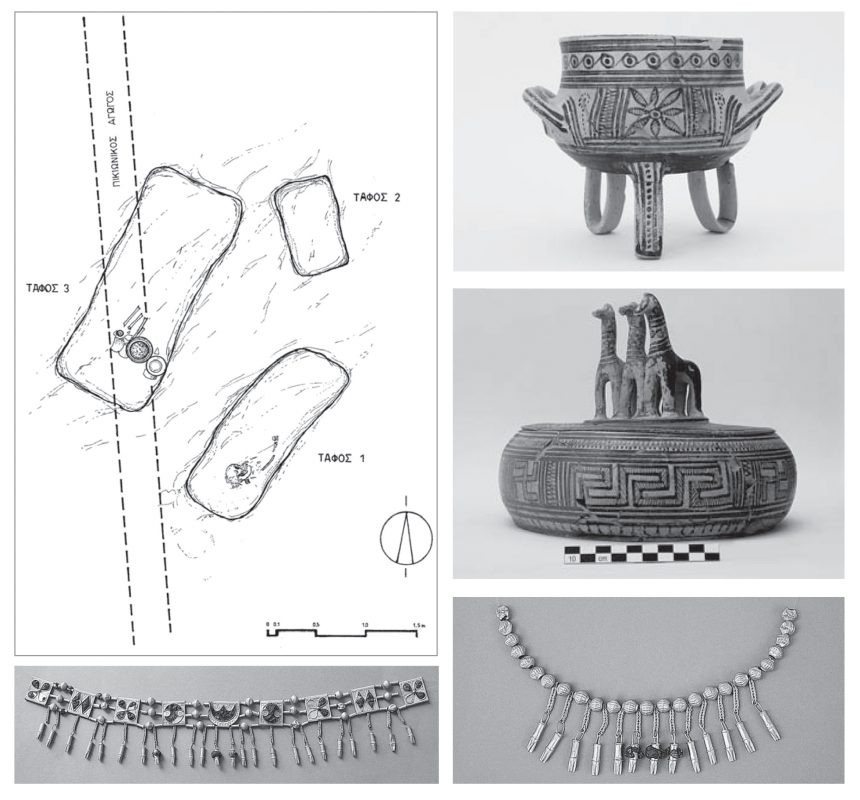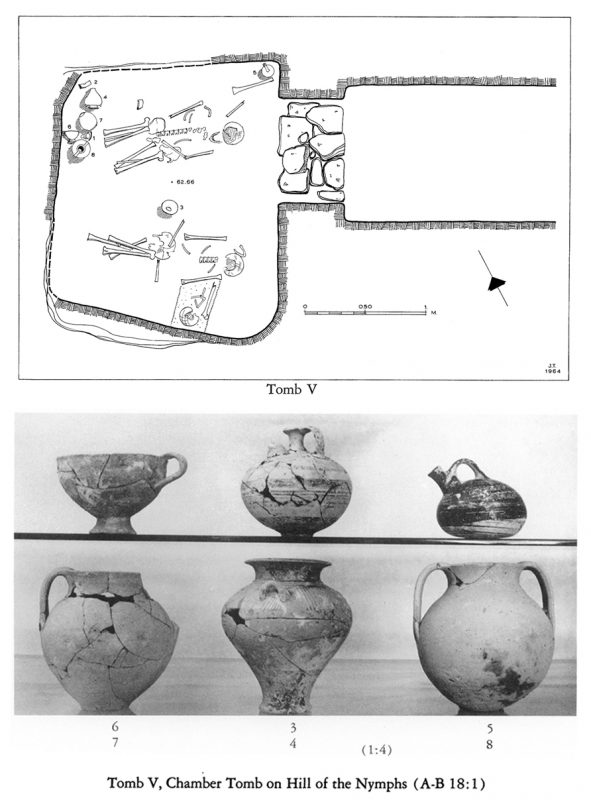December 5, 2018
Construction of the Monument of Philopappos The funerary monument dominates at the top of the Hill of the Muses, that, along with its pedestal, rises approximately 13 meters high; erected in honour of the great benefactor of the city […]
December 5, 2018
Early Imperial period: The sanctuary of Zeus Hypsistos Under the orders of emperor Augustus (31 B.C.–A.D. 181) the monumental altar of Zeus Agoraios, patron of the orators, is being transferred from the Pnyx to the Agora, in front of […]
December 5, 2018
The western slopes of the Hills outside the city’s enceinte Demetrios Poliorketes (Besieger) installed a garrison at a fortress on the top of the Hill of the Muses (Philopappos), dubbed as Macedonian fortress (294 B.C.), whereas almost at the […]
December 5, 2018
New location of the bema of the Pnyx The area of the Pnyx is reshaped by the construction of a monumental semi-circular retaining wall and from then on the convening citizens have their backs turned against the city. Upon […]
December 5, 2018
Classical period: Rock-cut houses on heights and slopes In 479/8 B.C., the demes of Koile and Melite are protected by the Themistoklean wall and manifest significant residential growth during the 5th and 4th centuries B.C. On this stretch of […]
December 5, 2018
Archaic period: Dense habitation, public buildings and sanctuaries Upon the rocky lands of the Hills two important demes (districts) develop in antiquity: Melite and Koile. In the deep hollow between the Pnyx and the Hill of the Muses (Philopappos) […]
December 5, 2018
Geometric period: Traces of habitation and extended burial areas At the Pnyx excavations very few pottery fragments of the Geometric period were found, denoting though human presence on the Hills during this time. Few Geometric finds were also located […]
December 5, 2018
Mycenaean period: Scattered traces of residential and burial land use A rich chamber tomb (1500–1400 B.C.), unfortunately looted, was probably part of a cemetery to the east of the Hill of the Muses (Philopappos); it contained golden ornaments and […]
December 5, 2018
Early Helladic and Middle Helladic period: The first inhabitants of the Hills The first indications of human presence on the Hills are traced to the east of the Hill of the Muses (Philopappos) between 3200 and 2000 B.C. The […]

